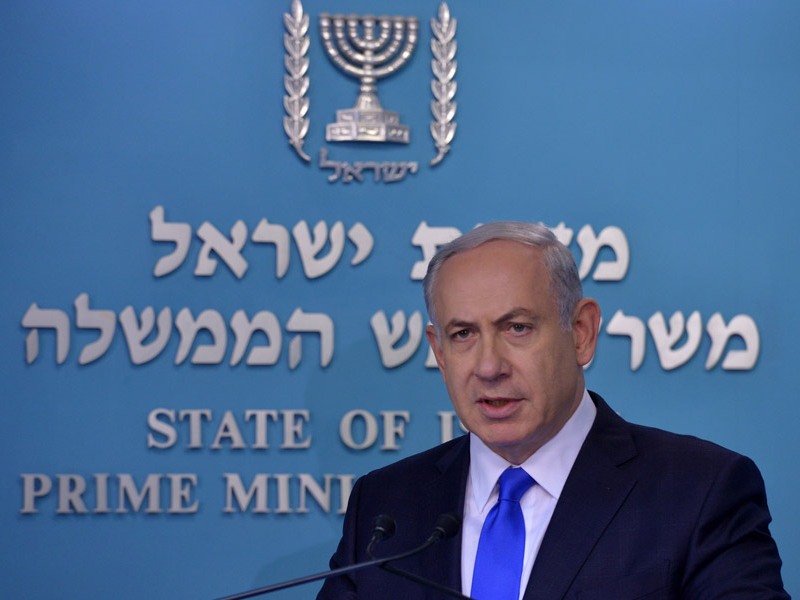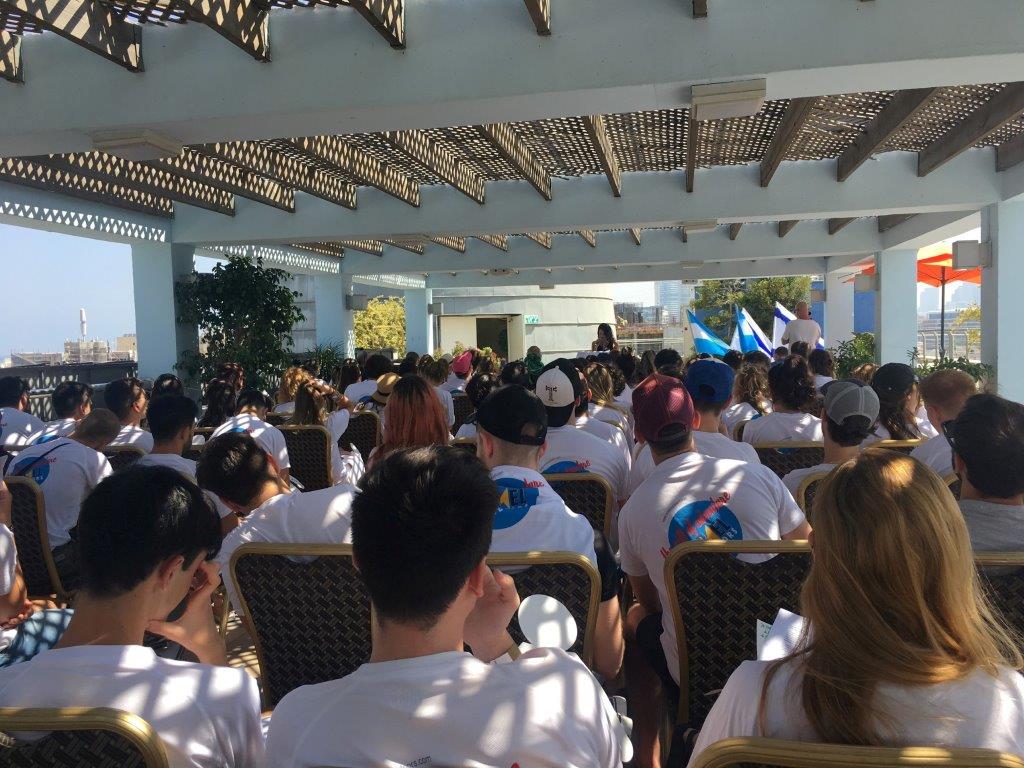- Details
- Written by Talma Gotteiner
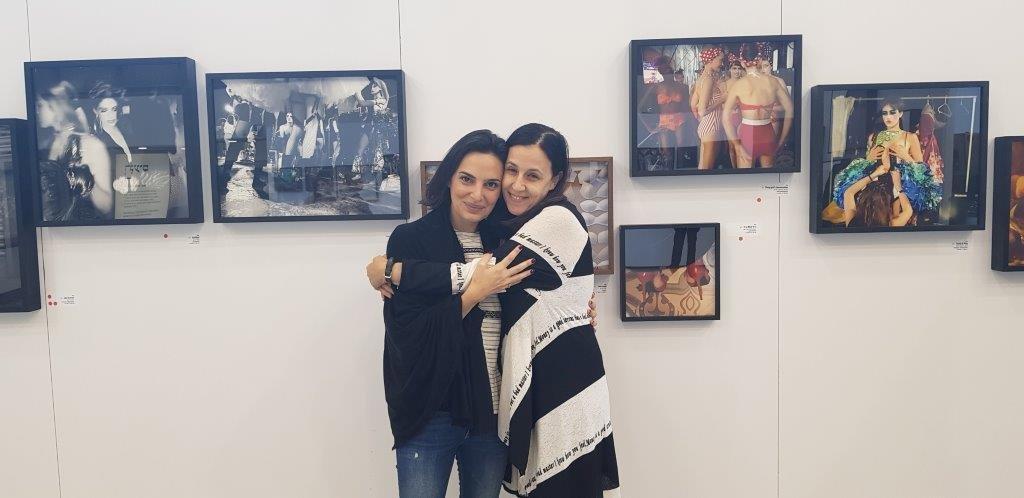
Information about an artistic social event that took place, an exhibition of photographs from the private collection of Motty Reif called "Moments" in cooperation and sponsorship of the Baram Group.
Motty Reif, the entrepreneur, and producer has, for the first time, exhibited personal photographs of key moments from his long career, for the benefit of the "Women's Spirit" organization and in cooperation with Baram Group.
Reif's works were exhibited for sale to the general public, and the proceeds were dedicated to the "Women's Spirit" organization.
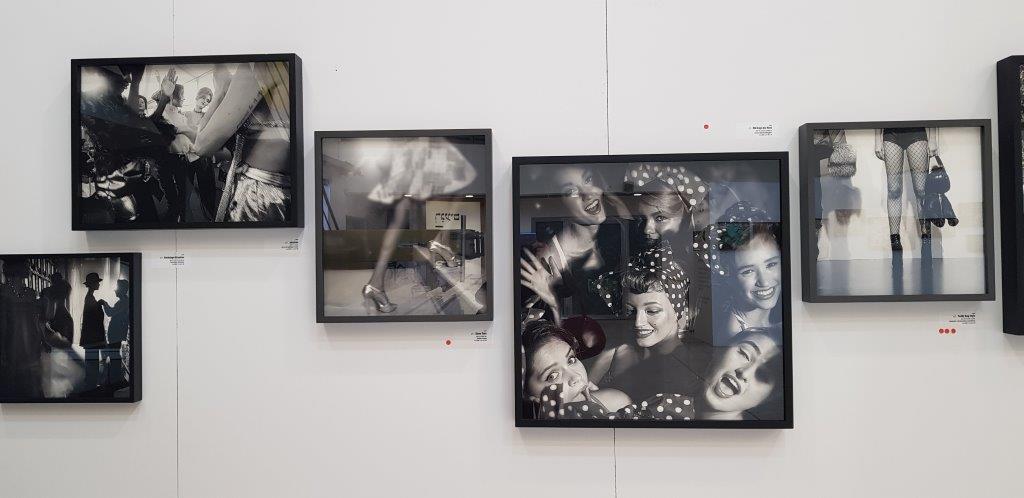
The exhibition took place at BARAM CITY PRESS Habarzel Street 6 Ramat Hahayal, Tel Aviv on Friday 16th of November, between 10:00 - 14:00.
The exhibition was held at the Baram City Press in Ramat Hahayal, which combines a connection between the world of printing and the world of art.
The exhibition "Moments" displayed 50 photographs from the private collection of the entrepreneur, producer and social activist for women, Motty Reif. A fraction of a second caught in the lens of Reif's telephone camera portrays his passion for love, women, fashion, and pride.
Each photograph presents a special moment so that through the observer, the moment is revived. The atmosphere, the message hidden in it and the music playing alongside it are transformed and revived.
A dialogue that is not limited in time was presented for one important goal that is the economic independence of women victims of violence of all sorts.
Each lady was captured in her moment.
Every donation you give helps another woman escape the cycle of violence!
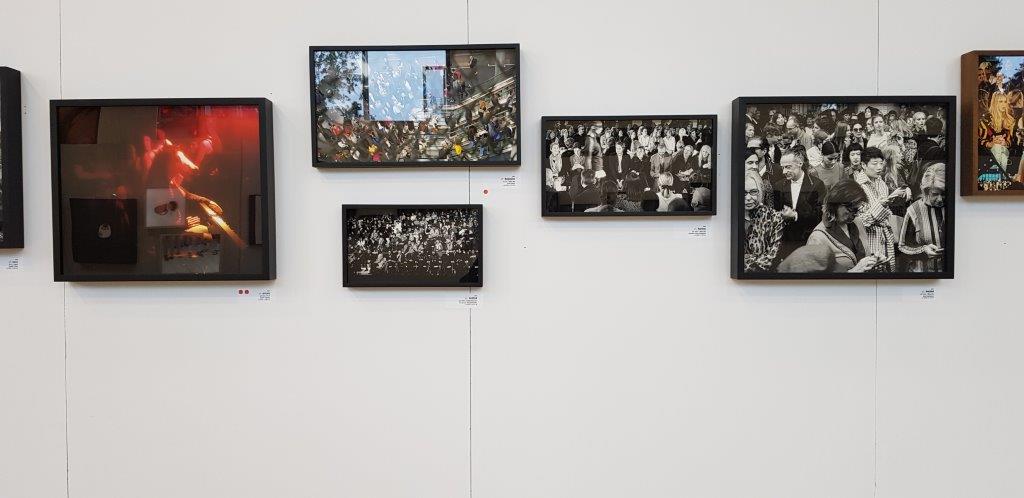
To buy the Photos:
Telephone 0722507770
Women's Spirit Facebook
Women's Spirit (Ruach Nashit) Organization helps women survivors of violence to rebuild their lives through employment and financial independence.
https://www.ruach-nashit.org.il/
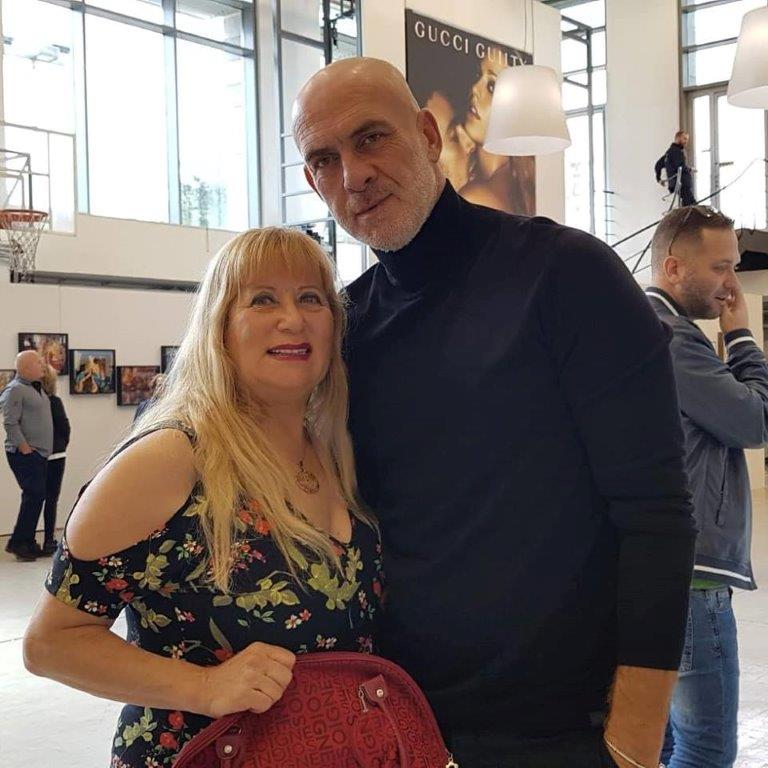
To read more about Baram City Press and Motty Reif, please refer to the full article:
Photos Silvia Golan
- Details
- Written by GPO

Several Jewish holidays – some of which are full legal holidays in Israel – will take place this year between 9 September-1 October. The Government Press Office would like to provide the following brief summary.
Preparations for the Jewish New Year
The period preceding the Jewish New Year is marked by special penitential prayers, recited before the regular morning prayers, and the blowing of the ram’s horn (shofar in Hebrew) after the morning prayer service. Jews of North African and Middle Eastern origin began to recite these special prayers on 12 August; Jews of European origin began to recite them on 2 September. These special prayers are said daily (except on the New Year holiday itself and the Sabbath) until the day before Yom Kippur (18 September).
Rosh Hashanah
Rosh Hashanah (the two-day Jewish new year), the observance of which is mandated by Leviticus 23:23-25, will begin at sunset on Sunday, 9 September and conclude at nightfall on Tuesday, 11 September. Both days are marked by special prayers and scriptural readings.
The centerpiece of the Rosh Hashanah service is the blowing of the shofar during morning prayers. (The shofar is not sounded on the Sabbath should either of the two days fall on Saturday.) Both days are full public holidays and, as on the Sabbath, there will be no public transportation or newspapers. In addition, many businesses, museums and other institutions, which are normally open on the Sabbath, will be closed over the holiday. The GPO will be closed on Sunday-Tuesday, 9-11 September.
Rosh Hashanah is also characterized by two special customs. The first is the eating of apple slices dipped in honey, symbolizing the hope that the coming year will be “sweet.” The second involves going to a natural source of flowing water (such as an ocean, river, or spring), reading a selection of scriptural verses and casting pieces of bread into the water – to symbolize the “casting off” of the previous year’s sins; this practice derives from Micah 7:19 (“…and You will cast all their sins into the depths of the sea.”) This ceremony takes place on the first day of Rosh Hashanah (or on the second, if the first day falls on the Sabbath).
The Period between Rosh Hashanah and Yom Kippur
The ten days between New Year and Yom Kippur (inclusive) are known as “The Ten Days of Repentance”. Jewish tradition maintains that this is a time of judgment when all people and nations are called to account for their deeds of the past year, and when their particular fates for the coming year are decided.
The day after the New Year holiday is a day of fasting known as the Fast of Gedaliah, and commemorates the murder of Gedaliah, the Jewish governor of Judea, who was appointed by the Babylonians after they captured Jerusalem in 586 BCE; the episode is recounted in II Kings 25:22-25. (When the day after Rosh Hashanah is a Saturday, the fast is postponed by one day.) The fast will extend from sunrise on Wednesday, 12 September until nightfall the same day. Special scriptural readings are recited; the day is not a public holiday.
A single Sabbath, known as the “Sabbath of Repentance”, always occurs between Rosh Hashanah and Yom Kippur. This Sabbath (15 September this year) is marked by a special reading from Hosea 14:2-10, beginning with, “Return, Israel, to the Lord your G-d.”
Yom Kippur
Yom Kippur (Hebrew for “The Day of Atonement”) begins at sunset on Tuesday, 18 September, and concludes at nightfall on Wednesday, 19 September. Its observance is mandated by Leviticus 16:29-31 and 23:27-32. The holiest day of the year, Yom Kippur is the day on which, according to Jewish tradition, our fates for the coming year are sealed. Synagogue services – centering on the penitential prayers – will continue for most of the day and include special scriptural readings (including the Book of Jonah in the afternoon). Memorial prayers for the deceased, said four times a year, are recited on Yom Kippur. At nightfall, the shofar is sounded once to mark the end of Yom Kippur.
Yom Kippur is a full public holiday in Israel and almost all establishments (including the GPO, on Tuesday-Wednesday, 18-19 September) will be closed. There will be no radio or television broadcasts. Since Yom Kippur is a day of introspection, completely separate from the normal course of daily life – the physical aspects of our lives are sublimated while we concentrate on our spiritual concerns – the day is marked by a full (sunset to nightfall) fast. The wearing of leather, the use of cosmetics, bathing and marital relations are likewise forbidden.
Sukkot
The seven-day Sukkot festival, mandated by Leviticus 23:34-35 and 23:39-43, begins at sunset on Sunday, 23 September and concludes at nightfall on Sunday, 30 October. The first day, from sunset on Sunday, 23 September, until nightfall on Monday, 24 September, is a full public holiday. All seven days of the holiday are marked by special prayers and scriptural readings – including the Book of Ecclesiastes, which is read on Saturday, 29 September. Sukkot is a joyful, family-oriented holiday, which follows – and provides a contrast to – the somber, introspective and private character of Yom Kippur. Many businesses and institutions will either close or operate on a reduced basis. The GPO will be closed from Sunday, 23 September, through Monday, 1 October, and will reopen on Tuesday, 2 October.
Sukkot is characterized by two main practices. Jews are enjoined to build, take all of their meals in, and (if possible) sleep in, temporary huts topped with thatch or palm fronds during the festival. These huts (Sukkot in Hebrew) commemorate the temporary, portable dwellings in which the Jewish people lived during their 40-year sojourn in the wilderness that followed their liberation from slavery in Egypt. The second main Sukkot observance is the special bouquet – consisting of a closed palm frond, a citron, a myrtle branch and a willow branch – that is held during morning prayers on each of the seven days (except the Sabbath); its origins derive from Leviticus 23:40, many traditional explanations of its symbolism have been cited.
Shemini Atzeret (Simhat Torah)
The Shemini Atzeret (literally “The Eighth Day of Assembly” in Hebrew) holiday immediately follows the last day of Sukkot, beginning at sunset on Sunday, 30 September and concluding at nightfall on Monday, 1 October. Its observance is mandated by Leviticus 23:36. It is a full public holiday. (Even though it follows the seven-day Sukkot festival and is often considered part of Sukkot, it is, in fact, a separate holiday. The special bouquet is not used and the obligation to sit in the sukkot no longer applies.) The day’s prayer services include the memorial prayers for the deceased, as well as the prayer for plentiful rainfall during the coming winter.
Shemini Atzeret, however, centers around its special scriptural readings. On Shemini Atzeret, the yearly cycle of Torah (the first five books of the Bible, i.e. Genesis to Deuteronomy, one section of which is read on each Sabbath during the year) readings is both completed and begun anew. This event is accompanied by dancing and singing, sometimes continuing for several hours; in religious neighborhoods, these celebrations often spill out into the streets. Thus, the holiday is also referred to as Simhat Torah (“Rejoicing of the Torah” in Hebrew).
Happy New Year from www.diplomacy.co.il
Silvia G Golan and Diplomacy Staff
- Details
- Written by Silvia
PM Netanyahu will begin his trip in Buenos Aires where he will meet with President Macri. The two countries will sign a series of agreements on public security, customs and social insurance as well as an archives agreement regarding the Holocaust.
- Details
- Written by Silvia G Golan
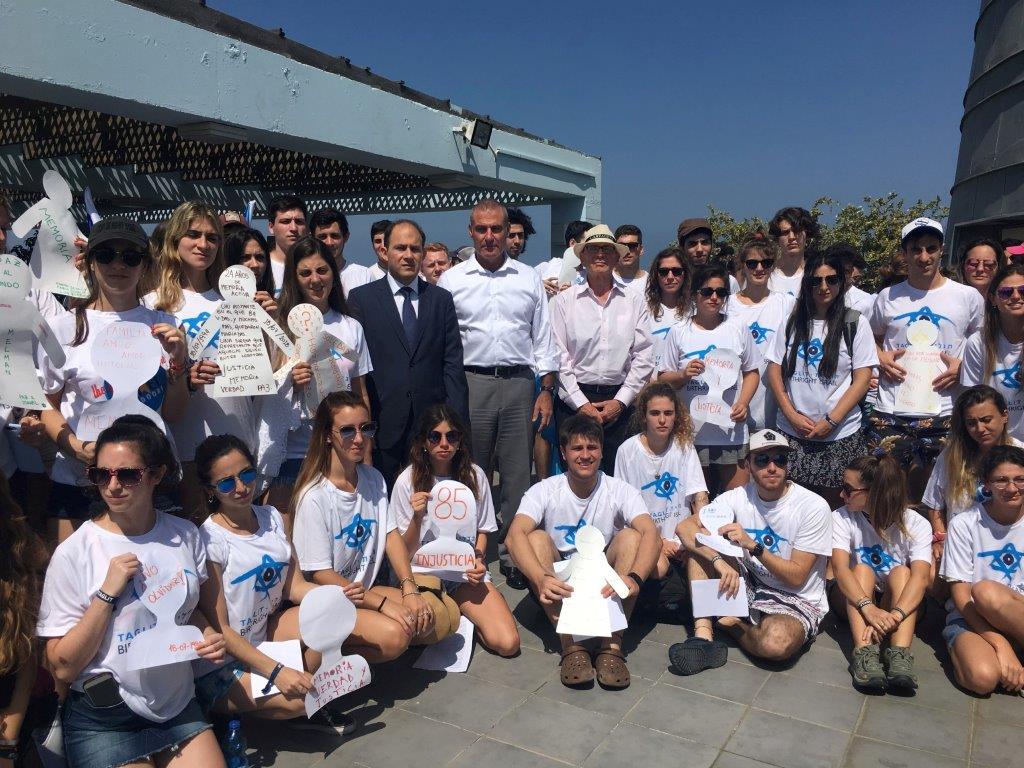
"Let's ask for justice and keep remembering the victims", said Mariano Agustín Caucino, Ambassador of the Argentine Republic, today at the Taglit-Birthright Israel memorial ceremony in Israel.
24 years ago, on July 18, 1994, at 9:53 am, a suicide bomber blew up a car in the heart of Buenos Aires, at the Jewish community building in Argentina - AMIA; (Argentine Israelite Mutual Association). 85 people were murdered and 330 injured.
In solidarity with that terror attack, today at the same date, the same hour, Taglit-Birthright Israel participants from Argentina organized a memorial ceremony in Tel-Aviv. The ceremony was held in the presence of the Ambassador of the Argentine Republic in Israel, Dn. Mariano Agustín Caucino, Taglit-Birthright Israel International CEO, Gidi Mark and Vice President in Latin America, Lic. Jorge Zak.
Dn. Mariano Agustín Caucino, Ambassador of the Argentine Republic in Israel said: "Let's ask for justice and keep remembering the victims! As an ambassador, I learn some important things from this country, how wonderful life is and how important it is to remember the history of Jews around the world. The AMIA bombing was against humanity, the Argentinean people and the Jewish community living within it. Innocent people died, people who worked there, people who were just walked by, we could all have been one of them, too. Remember the horror but also celebrate our lives."
Jorge Zak, VP of Taglit-Birthright Israel in Latin America and an employee of AMIA at that time, who lost many friends in the bombing shared: "We need to talk and remember what happened because this open wound has yet to close. The murderers guilty for this bombing are still free, it has not been solved yet. We need justice for these people that have been cruelly murdered so they can rest in peace".
Gidi Mark, International CEO of Taglit-Birthright Israel said:" The core values of Jewish life are relevant to our event today – first our belief in life. Judaism tells us that we need to celebrate life. I hope that during your time in Israel you will see that people here are always full of life. The second value is our need to always remember because if you are not connected to the past you will never be connected to the future. We need to stop and remember what happened and try to do everything we can in order to prevent such events in the future. These days make us remember that we are all one big family."
The AMIA incident is remembered in the history of Argentina as the most destructive act of terrorism the country ever experienced, and which has united Argentina with Israel in mourning and in constant demand for justice for the victims. To this day, the investigation of the terrorist organizations behind the attack has not yet been completed and no response has been taken. The Jewish community in Argentina is waiting for justice to be served and raise awareness to the topic every year at a demonstration of thousands held on the day of the attack.
Photo PR
- Details
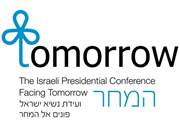 June 21, 2012 – Jerusalem, Israel – Ambassador Daniel Shek led a panel of experts including German Ambassador to Israel, Andreas Michaelis, Associate Editor and Chief Economics Commentator of the Financial Times, Martin Wolf, and Secretary General of the Organization for Security and Co-operation in Europe (OSCE), Ambassador Lamberto Zannier, in analyzing the ramifications of the current Eurozone economic crisis and its long-term effect on the European Union and global economy.
June 21, 2012 – Jerusalem, Israel – Ambassador Daniel Shek led a panel of experts including German Ambassador to Israel, Andreas Michaelis, Associate Editor and Chief Economics Commentator of the Financial Times, Martin Wolf, and Secretary General of the Organization for Security and Co-operation in Europe (OSCE), Ambassador Lamberto Zannier, in analyzing the ramifications of the current Eurozone economic crisis and its long-term effect on the European Union and global economy.


